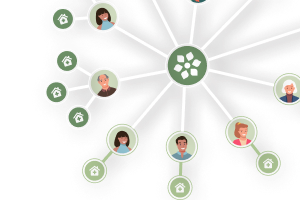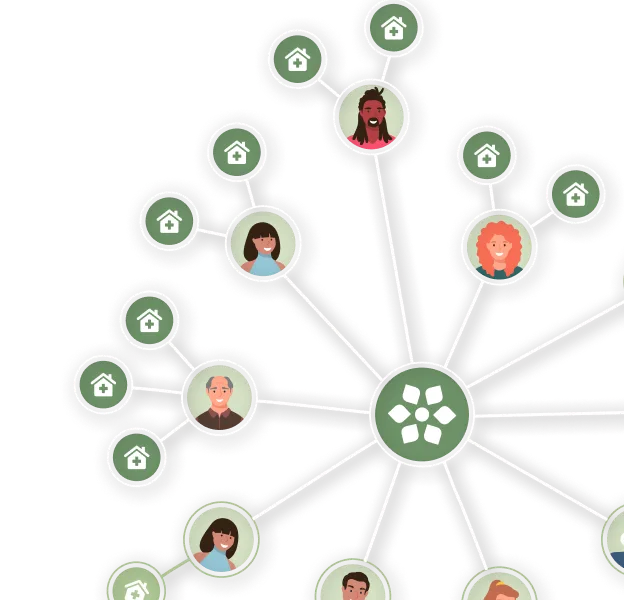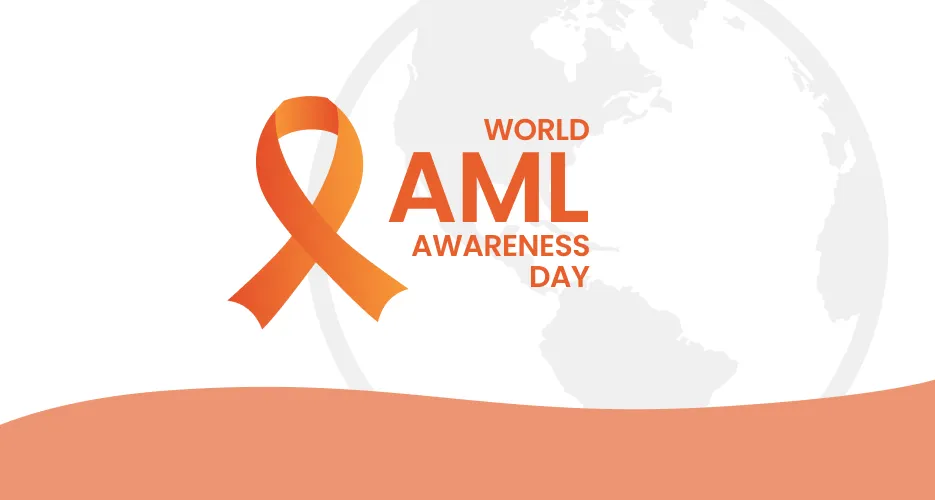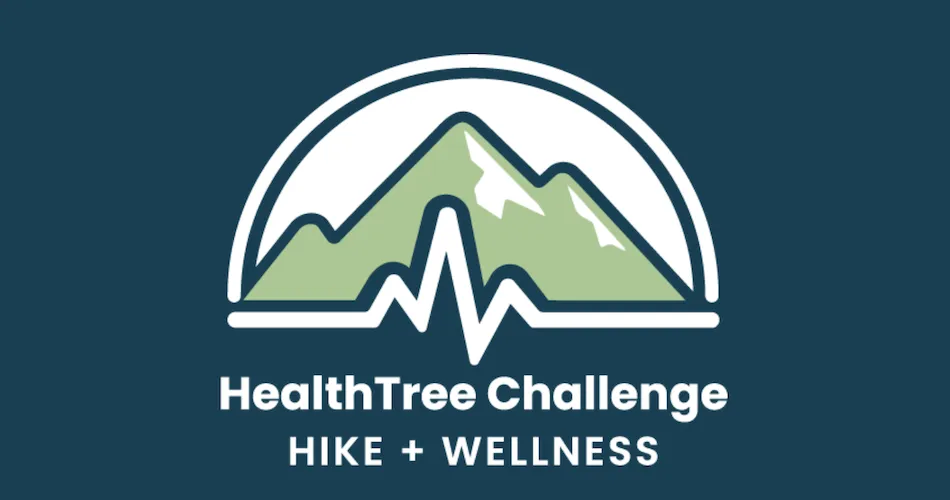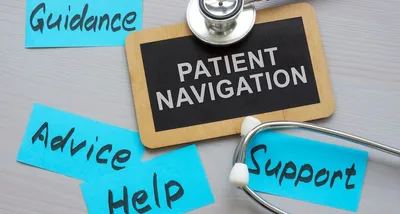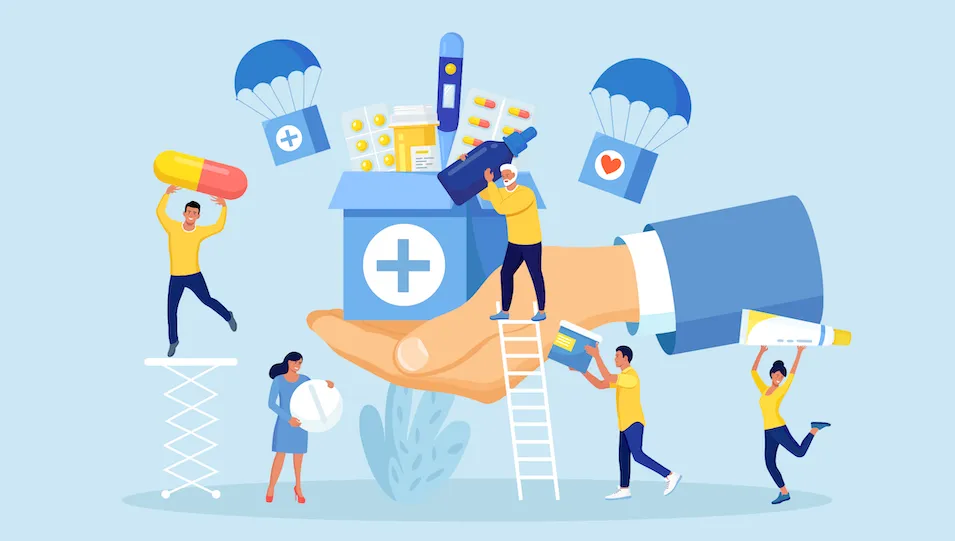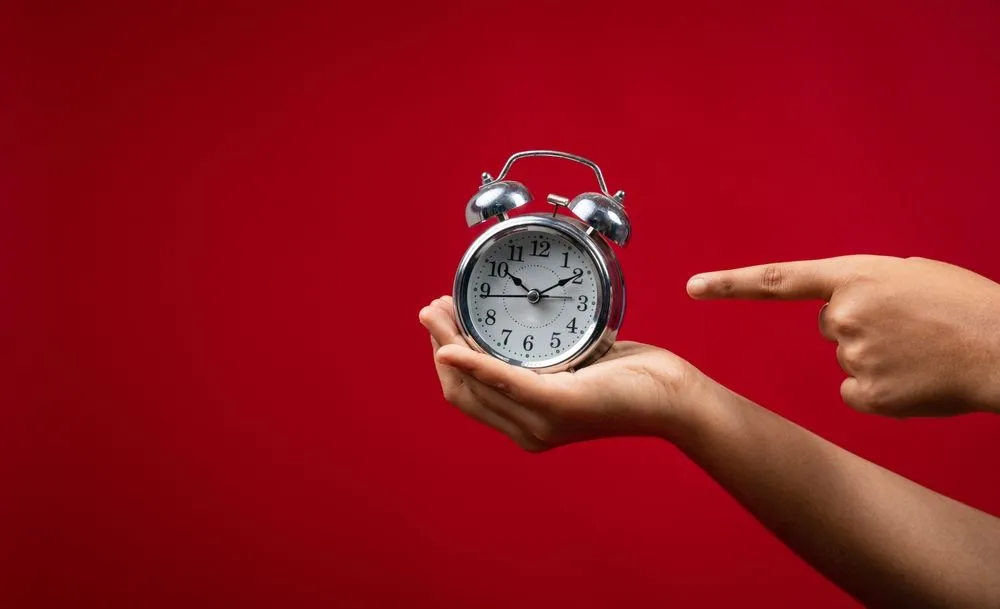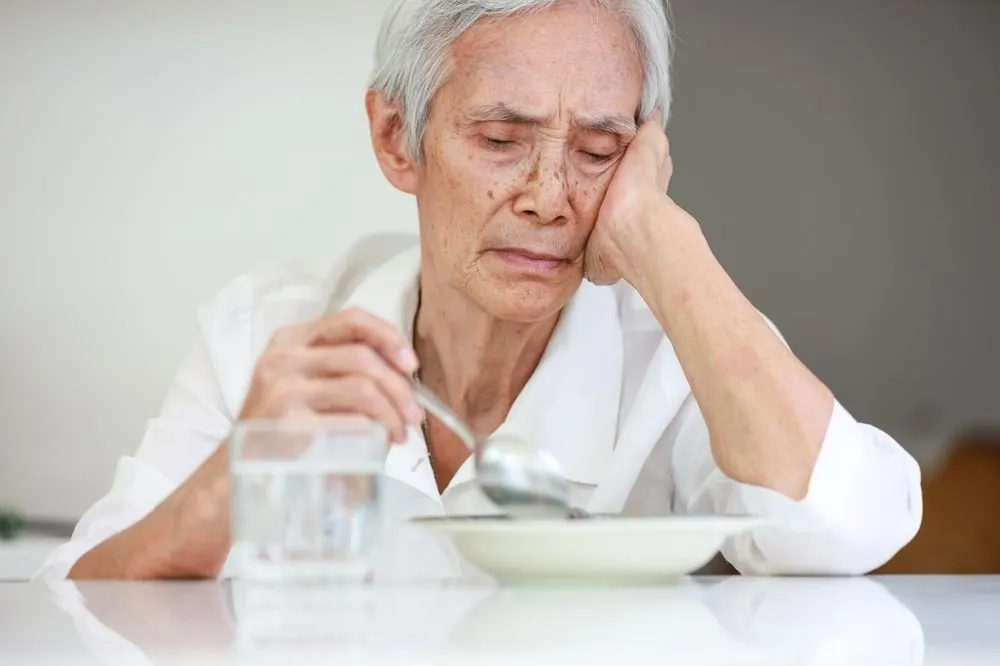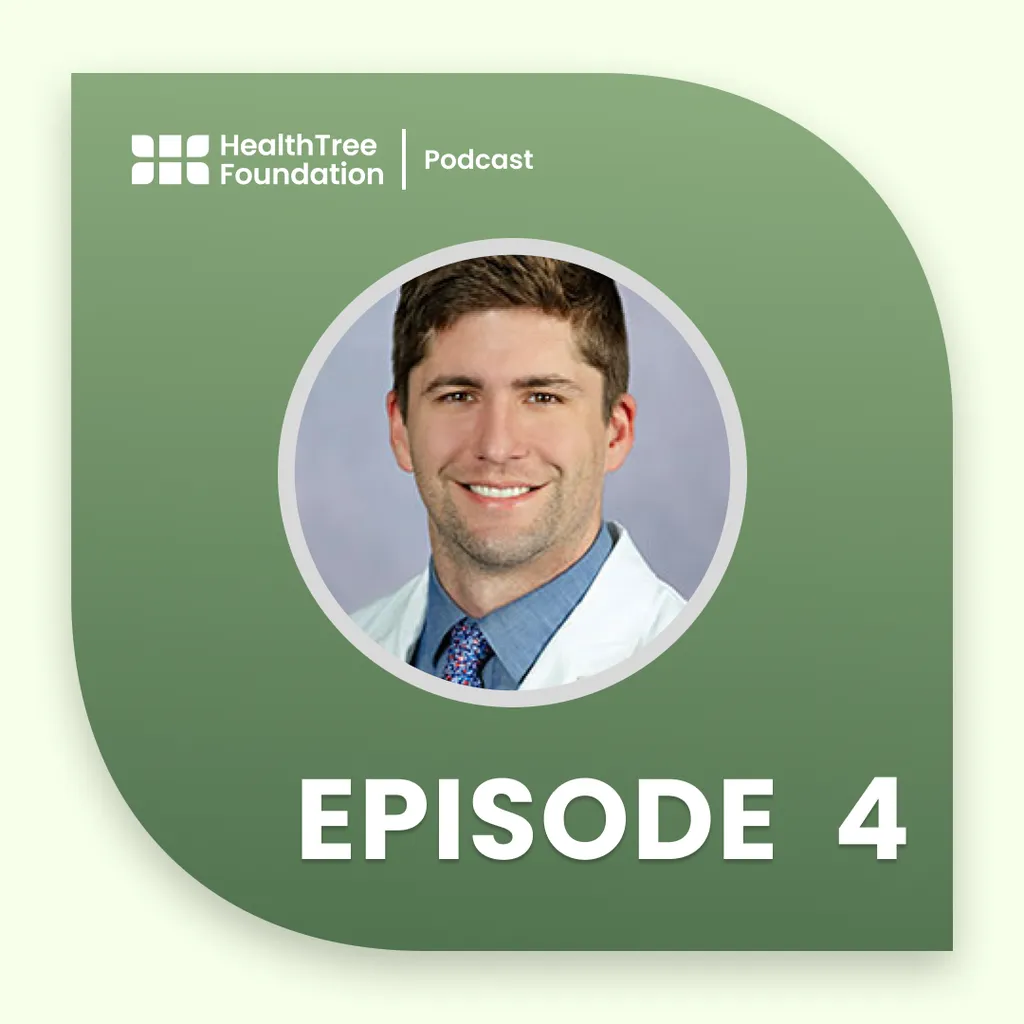Round Table Replay: AML Essentials, Here’s What You Need to Know, Part 1
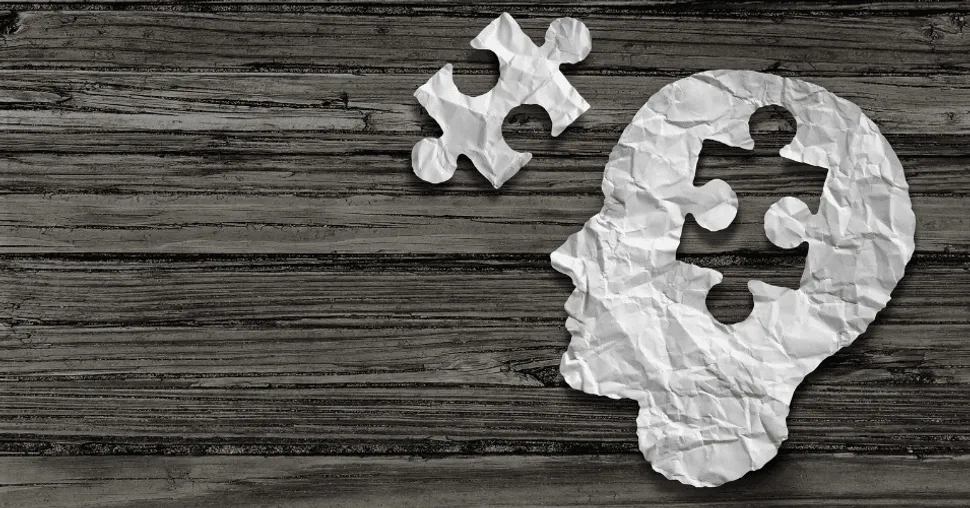
This HealthTree Round Table for AML took place on February 13th, 2023
Topic: AML Essentials, Here’s What You Need to Know (Part 1)
Experts: Dr. Pamela Becker, City of Hope, Dr. Gabriel Mannis, Stanford, Dr. Dan Pollyea, University of Colorado
Part 1 - AML 101 with Dr. Mannis
Here's a recap of Dr. Mannis' presentation:
What is AML:
- The A stands for acute: symptoms usually occur quickly (2-3 months or less). Treatment is often initiated urgently
- The M stands for myeloid: this refers to the subtype of blood cell affected
- The L stands for leukemia: a cancer of blood cells, this is defined by more than 20% blasts (leukemia cells) in the blood or bone marrow
Normal bone marrow cells are spread out, so blasts are less than 5% of the entire population inside the marrow. In leukemia, blasts go above 20%, so red blood cells, platelets, and white blood cells are either very low or very high.
Symptoms are:
- Fever
- Infections
- Anemia
- Fatigue
- Trouble breathing
- Easy bruising
How did I get this?
- 60% of cases are random mutations as we age
- 30% of cases are due to environmental factors: prior chemotherapy/radiation, pre-existing bone marrow problem (MDS, chronic leukemia)
- 10% of cases are inherited (this means that, 90% of them are not!)
Is it curable?
- Treatment consists of reaching remission which means there is no detectable leukemia and blood counts are normal
- Chemotherapy consists of: induction and consolidation (with or without maintenance treatment)
There is a possibility of a cure! For some patients, when leukemia is gone, it never comes back. Age and genetics (some chromosome and gene changes) are two factors that affect whether or not a cure is likely.
How is it treated?
In elderly people:
- Lower intensity treatments - which cause fewer potential side effects
- Outpatient treatment
- Repeat cycles every month
- Consider stem cell transplant depending on the patient
In younger and/or "fit" people:
- Higher intensity treatment - which causes more potential for side effects
- Time-limited treatments - usually requires spending at least a month in the hospital
- Most patients are considered for a bone marrow transplant
What to expect during treatment:
- Anemia
- Low platelets
- Low white blood cells
- Nausea, diarrhea, constipation
- Fatigue
- Hair loss
- Anxiety
What can I do as a patient?
- Stay active if possible
- Eat enough to maintain adequate calorie intake day to day
- Train your brain as well!
What else should I ask?
- What is my risk level?
- What is my prognosis?
- Is a cure possible for me?
- What is the standard treatment and what are the common side effects?
Stay tuned. Part 2, Developing a Personalized Treatment Strategy, will be published next week!
Interested in attending upcoming Round Tables? Join the HealthTree Round Tables for AML chapter to recieve emails about upcoming events!
This HealthTree Round Table for AML took place on February 13th, 2023
Topic: AML Essentials, Here’s What You Need to Know (Part 1)
Experts: Dr. Pamela Becker, City of Hope, Dr. Gabriel Mannis, Stanford, Dr. Dan Pollyea, University of Colorado
Part 1 - AML 101 with Dr. Mannis
Here's a recap of Dr. Mannis' presentation:
What is AML:
- The A stands for acute: symptoms usually occur quickly (2-3 months or less). Treatment is often initiated urgently
- The M stands for myeloid: this refers to the subtype of blood cell affected
- The L stands for leukemia: a cancer of blood cells, this is defined by more than 20% blasts (leukemia cells) in the blood or bone marrow
Normal bone marrow cells are spread out, so blasts are less than 5% of the entire population inside the marrow. In leukemia, blasts go above 20%, so red blood cells, platelets, and white blood cells are either very low or very high.
Symptoms are:
- Fever
- Infections
- Anemia
- Fatigue
- Trouble breathing
- Easy bruising
How did I get this?
- 60% of cases are random mutations as we age
- 30% of cases are due to environmental factors: prior chemotherapy/radiation, pre-existing bone marrow problem (MDS, chronic leukemia)
- 10% of cases are inherited (this means that, 90% of them are not!)
Is it curable?
- Treatment consists of reaching remission which means there is no detectable leukemia and blood counts are normal
- Chemotherapy consists of: induction and consolidation (with or without maintenance treatment)
There is a possibility of a cure! For some patients, when leukemia is gone, it never comes back. Age and genetics (some chromosome and gene changes) are two factors that affect whether or not a cure is likely.
How is it treated?
In elderly people:
- Lower intensity treatments - which cause fewer potential side effects
- Outpatient treatment
- Repeat cycles every month
- Consider stem cell transplant depending on the patient
In younger and/or "fit" people:
- Higher intensity treatment - which causes more potential for side effects
- Time-limited treatments - usually requires spending at least a month in the hospital
- Most patients are considered for a bone marrow transplant
What to expect during treatment:
- Anemia
- Low platelets
- Low white blood cells
- Nausea, diarrhea, constipation
- Fatigue
- Hair loss
- Anxiety
What can I do as a patient?
- Stay active if possible
- Eat enough to maintain adequate calorie intake day to day
- Train your brain as well!
What else should I ask?
- What is my risk level?
- What is my prognosis?
- Is a cure possible for me?
- What is the standard treatment and what are the common side effects?
Stay tuned. Part 2, Developing a Personalized Treatment Strategy, will be published next week!
Interested in attending upcoming Round Tables? Join the HealthTree Round Tables for AML chapter to recieve emails about upcoming events!

about the author
Andrea Robles
Andrea Robles is an International Medical Graduate, part of Healthtree’s patient navigator staff. She is committed to patient’s global wellness and finding a cure through research. She’s also a wife and mom of 3.
More on HealthTree Programs
Trending Articles

Get the Latest Acute Myeloid Leukemia Updates, Delivered to You.
By subscribing to the HealthTree newsletter, you'll receive the latest research, treatment updates, and expert insights to help you navigate your health.
